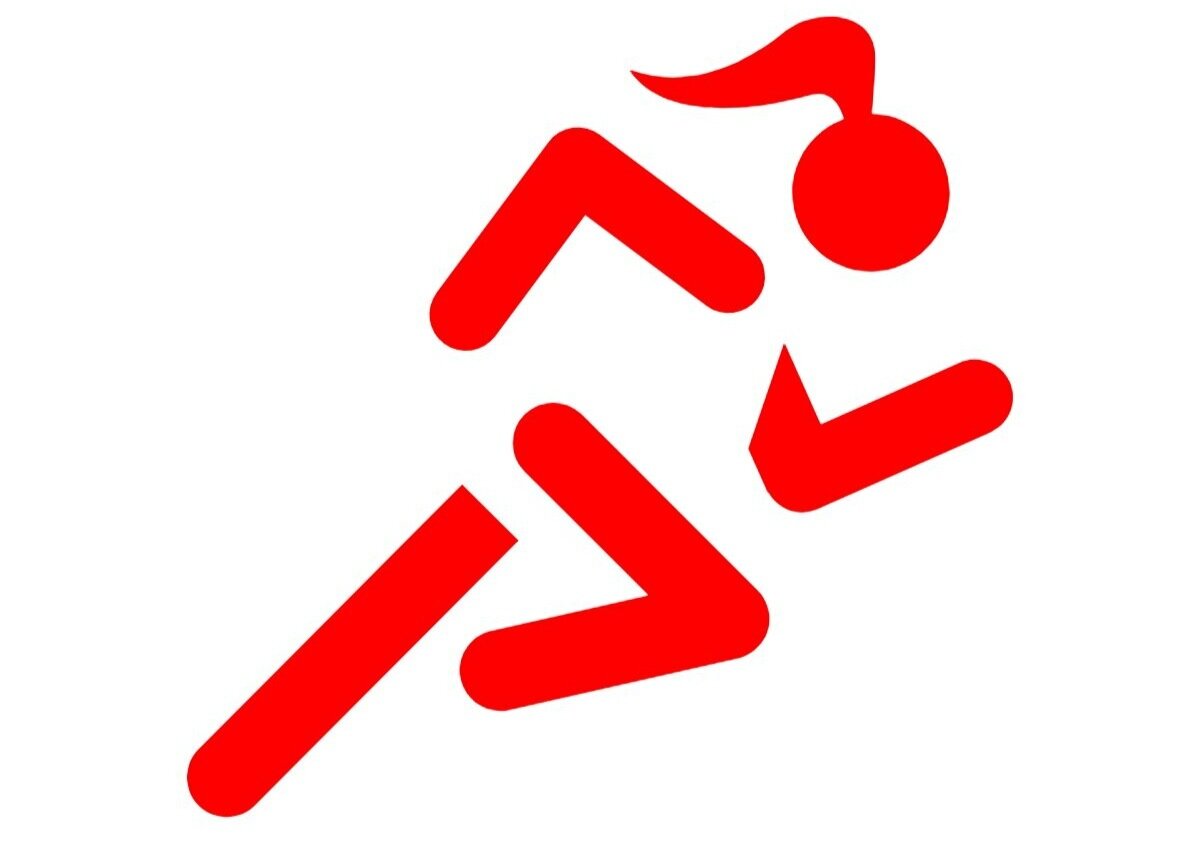Stretching
So, should I stretch it? A question I’m asked pretty much every day but one that is not always straightforward to answer. Stretching is beneficial, but it must be done correctly to ensure the best outcome for our bodies. The simple answer is "yes" but the caveat is to stretch in a way that benefits you as an individual. It's definitely not a one-size fits all.
This article looks at what is stretching and how it can help to keep your body healthy. It doesn’t go into detail on what type of stretching is best, or when stretching has most effect in respect to athletic performance (that will follow soon…). In this article, I consider stretching to be a temporary elongation of the muscle and holding it for at least several seconds.
Correct stretching has numerous benefits to the body. After you have been working a muscle it can remain contracted and stretching encourages relaxation, restoring the muscle to its original length. If you allow your muscles to remain contracted, this can lead to a reduction in range of movement at your joints, because your tolerance of muscle stretch becomes reduced. Movements at joints are essential to encourage fluid to move around them - taking nutrients to the tissues, removing waste and keeping the joint healthy. This prevents the risk of imbalance (because everything in our bodies is connected), which can lead to aches, pain and possible injury.
When considering how and why you need to stretch, it is important to understand differences in our soft tissue (such as tendon, muscle, and fascia). These have varying properties ranging from elastic (muscles), to plastic (fascia – connective tissue). When your muscles are extended they will usually rebound to their original length and stay elastic, however, if the load is too great, the stretch is too far and they will become plastic, overstretched and any additional load will cause a permanent increase in length. This is not a desirable outcome. Think of an elastic band – you want to be able to stretch it as much as possible, but you still want it to return to its original shape so that it maintains tension and can hold whatever it surrounds. If it becomes overstretched, it will be loose and not much use for anything. The key is to keep your muscles elastic, not plastic.
Most of the joints in our body are designed so that there is a defined range of movement (this is why your knee can only bend your lower leg backwards until it meets your thigh) however, it is still beneficial to stretch muscles across their full range. If muscles don’t practice full contraction and relaxation, nerve messages will become weaker eventually stopping their communications with the muscle completely. It really is a case of use it or lose it. As muscles work in pairs, you must also make sure that there is a balance in strength as well as stretch so that both sides of the joint work as well as each other. A super strong muscle will hold the joint too firmly and a super stretched muscle will not provide enough support.
So should I stretch it? The benefits are clearly there but it is important to remember what you are stretching and where your limits lie. The stretch reflex is a protective mechanism that causes muscle contraction in response to an unexpected stretch, so you need to ensure that stretching is approached slowly and smoothly to avoid surprising our nervous system.
For more information or if you have any questions, get in touch and ask at your next appointment.
